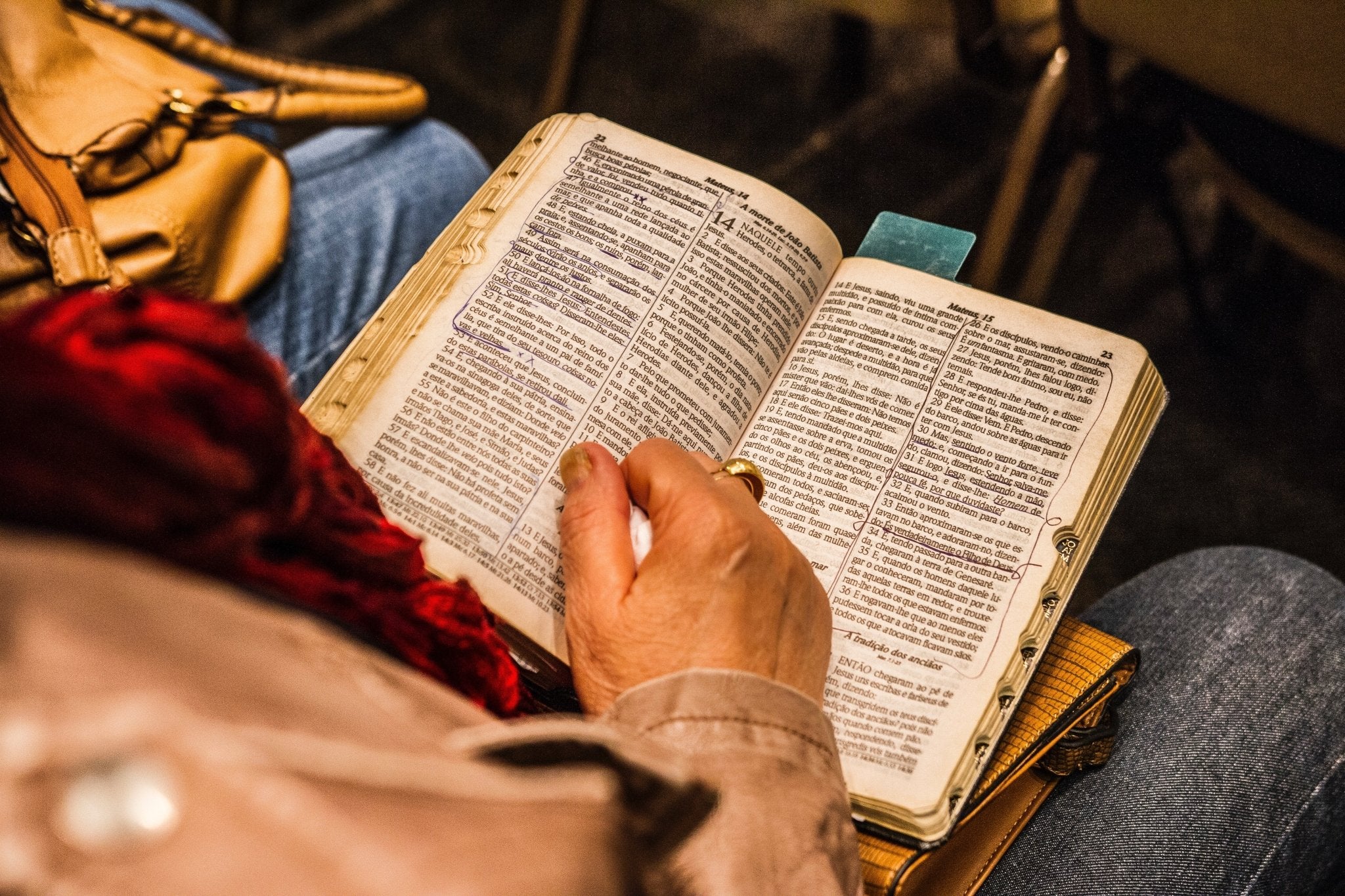The Israel-Palestinian conflict dates back centuries. It is undoubtedly not easy to summarize all the information on the internet. But don't worry, You shall find the article very summarized and to the point, just as designed for you.
Initially, in the era of the ottomans, it was mainly a land of Arabs of the middle east, just like UAE, Qatar, Kuwait, Jordan, Oman, Egypt, and other middle eastern Muslim countries.
Palestine has been home to Arabs ever since. The majority of the Muslim population was controlled by the Ottomans from the 1700s to the 1900s. So from where did this war, humanitarian crisis, refugee, and destruction situation begin? How did all this happen, what is the brief history, and what actually is being happened in Palestine and Israel?
All this and many more you need to know will be covered in this article, so let's start.

What Actually "Palestine" is?
You should see Palestine as a small piece of land that lies in the middle east and plays a significant role in the ancient as well as the modern history of the Middle east. Palestine is on the Mediterranean Sea's eastern shore.
It is situated south of Lebanon and west of Jordan. It has a significant importance for all the religions, because Palestine sits at a significant geographical crossroads between Africa and Asia.
Palestine's history has been defined by recurrent political turmoil and violent land conquests. Don't you forget that Jerusalem is a holy site for the world's three major religions: Islam, Christianity, and Judaism. It is considered sacred and held in high regard by all three religions.
Jerusalem has been the birthplace of Christianity and Judaism, and for Muslims, it is the first qiblah. According to the Muslim faith, most of the messengers were from Palestine (Philistine).
Just so you know, according to the 1922 consensus, the total percentage of Jews in Palestine was about 9% and Muslim population was about 80%, and the remaining were from different beliefs. The languages spoken are mainly Arabic by Muslims and Hebrew by Jews.
Current Crisis in Palestine
The Israel and Palestine conflict has been affecting the Middle East for over 70 years. During the first eight to nine months of 2021, the Israeli forces tried everything to repress the voice of Palestinians. They started occupying their lands, forcing the poor Palestinians out of their homes. In May, an 11-day war broke out between Palestine and Israel in the Gaza strip.
The Israeli forces launched an airstrike targeting the homes and official buildings of Palestine. These attacks destroyed the four top-notch towers filled with Palestinian homes and offices. According to a UN report, this airstrike killed almost 120 Palestinian people. However, in retaliation, the armed group Hamas attacked the Israeli side with 4,000 rockets that killed 12 civilians in Israel.
In June, the Israeli political parties' coalition government promoted and facilitated the atrocities on Palestine. Furthermore, the government increased the settlements of Israeli forces and people in the West Bank by approving 4000 settlement units.
The year 2022 was marked as the worst year for the Palestinians. On April 8, 2022, Israeli prime minister Naftali Bennett allowed Israeli forces to attack Palestine, reasoning terrorism. Later, on April 15, the Israeli forces attacked Al Aqsa Mosque, causing severe violence that injured over 150 Palestinians. However, these numbers aren't authentic because an official statement is yet to be released.
More than 400 were arrested for worshiping inside the mosque. In 2022, the killings of Palestinians increased by five times compared to last year. The Euro-Med Monitor's said the rise in killings happened after the Israeli government approved the shooting policy in December 2021. The violence is still going on, disrespecting all the humanitarian rules. Despite several requests from the higher authorities, Israel isn't ready to end the war of blood in Palestine.
How do Palestine and Israel get into this war? Why are poor Palestinians suffering? Let's have a detailed insight into the history of Palestine.
Here, we will also share how these demographics changed, so keep reading.
Origin of Palestine

Palestine, as per the sources, is taken from the Greek term Philistia, which dates back to descriptions of the country by Ancient Greek writers in the 12th century B.C. Since the Ottoman Empire's defeat in World War I to 1918, Palestine has traditionally been referred to as the geographical region bounded by the Mediterranean Sea and the Jordan River.
Since the early twentieth century, Arabs who live in this land have been referred to as Palestinians. Much of this territory is now considered modern-day Israel. In Arabic and as in many Muslim countries, the state of Palestine is commonly known as Philistine.
Palestine has been dominated by various groups throughout history, including the Assyrians, Romans, Arabs, Babylonians, Persians, Greeks, Fatimids, Seljuk Turks, Crusaders, Egyptians, and Mamelukes who lived in the region.
From 1517 to 1917, the Ottoman Empire reigned over much of the region. The British acquired the sovereignty of this place when World War I concluded in 1918. In 1923, the League of Nations declared a British mandate for Palestine, which gave Britain administrative control over the country and included provisions for building a Jewish national homeland in Palestine.
British Rule on Palestine
The British rule was built during World War I (1914-1918). The Allied powers' mandate system was a thinly disguised form of colonialism and occupation.
The system handed over the authority of territories to the winners (the allies) previously ruled by the defeated states, Germany, Austria-Hungary, the Ottoman Empire, and Bulgaria.
Following World War I, the United Kingdom made the Balfour Declaration in 1917, announcing its goal to construct "a national home for the Jewish people" in Palestine.
The defined goal of the mandate system was to allow the war winners to rule newly developing republics until they could gain independence. The principal purpose of the British Mandate was to provide the conditions for developing a Jewish "national home" in a country where Jews made up fewer than 10% of the population at the time.
The British began to encourage the immigration of European Jews to Palestine shortly after the mission began. Between 1922 and 1935, the Jewish population grew from 9% to around 27% of the total population.
Palestine's Partition
The United Nations, in 1947, recommended partitioning Palestine into two parts: an independent Jewish state and an independent Arab state. After more than two decades of British occupation, the city of Jerusalem, which both Jews and Palestinian Arabs claimed as their capital, was to be a unique international zone.
Jewish authorities backed the idea, but many Palestinian Arabs were outraged, some of whom had actively resisted British and Jewish interests in the region since the 1920s.
Arab factions claimed they were most of the population in specific locations and thus deserved more territory. They began recruiting volunteer armies all across Palestine.
Birth of Israel

In 1948, the Jewish Agency Chairman David Ben-Gurion proclaimed the Israeli State, which was the first ever Jewish state in almost 2000 years. Just after the formation of Israel, the revolts started between Arabs and Jews.
The British army who backed the Palestinian people in a try to be at good relationships with Arabs withdrawn their Army from Palestine. However, Egypt was the first country that came to rescue their Arab friends.
They launched air missiles on the newly claimed Israeli State. The United States immediately recognized the newborn Jewish state. Hence, despite all the revolts, the Israeli State came into being at midnight in 1948.
The Arab-Israeli War of 1948
Between 1947 and 1949, at least 750,000 Palestinians, out of a population of 1.9 million, were forced to flee the state's borders. Zionist armies had taken over more than 78% of historic Palestine, ethnically cleansed, and destroyed over 530 villages and cities. They murdered approximately 15,000 Palestinians in mass atrocities, including more than 70 massacres.
Thousands of Jews and Arabs traveled worldwide to fight alongside those already on the ground in the Israel Defense Forces and the Arab-Liberation-Army(ALA) . Another significant result of the 1948 Arab-Israeli war was the situation of Palestinian refugees.

Birth of PLO
Following the 1948 Arab-Israeli conflict, Arab states, particularly Egypt again, took the lead in the political and military campaign against Israel. The Palestinians had been divided into several nations.
In the absence of organized central leadership, many Palestinians created tiny, diffuse resistance organizations, frequently with the support of several Arab states. As a result, Palestinian political activity was restricted.
The Palestinian Liberation Organization (PLO) was established in 1964 at an Arab summit meeting to unite Palestinian organizations under one leadership. Still, it initially did little to advance Palestinian self-determination.
The PLO's legislature was composed of civilians from diverse Palestinian communities. Its charter called for the abolition of Israeli rule in Palestine and the eradication of the State of Israel.
It rose to prominence only after the Six-Day War in June 1967. It fought a protracted guerrilla war against Israel in the 1960s, 1970s, and 1980s until peace talks with Israel in the 1990s.
Yasser Arafat, a well-known Palestinian politician, was elected Chairman of the PLO in 1969, a post he held until his death in 2004.
The Six Days War
The Six-Day War erupted during a tumultuous time of diplomatic disputes and clashes between Israel and its neighbors. The fighting escalated in April 1967 as Israel and Syria engaged in a fierce air and artillery battle in which six Syrian fighter jets were destroyed.
Following the April air combat, the Soviet Union informed Egypt that Israel was deploying troops to its border to the north with Syria in preparation for a full-scale invasion. Although the report was incorrect, Egyptian President Gamal Abdel Nasser was moved to push soldiers into the Sinai Peninsula, where they ousted a United Nations peacekeeping force monitoring the border with Israel for more than a decade.
On June 5, 1967, Israel's Defense Forces began a preemptive aircraft attack against Palestine. Both countries claimed they were acting in self-defense during the ensuing conflict, which brought Jordan and Syria, who sided with Palestine. As it became known, the Six-Day War resulted in significant land gains for Israel.
By the war's end, Israel controlled the Gaza Strip, the West Bank, the Sinai Peninsula (a desert region between the Mediterranean and Red Seas), and the Golan Heights (a rocky plateau between Syria and modern-day Israel). This six-day battle exacerbated and prolonged tensions between Arab countries and the state of Israel.
The Negotiations and Intifadas
Intifada is an Arabic phrase that literally means "shaking off." It is understood to imply a civic revolt in the Palestinian context. In December 1987, the First Palestinian Intifada started in Gaza after four Palestinians were killed when an Israeli truck collided with two vans transporting Palestinian employees.
The duration of first Intifada (uprising) was from December 1987 to September 1993, when the first Oslo Accords were signed, establishing a foundation for Israeli-Palestinian peace discussions. In September 2000, the Second Intifada, also known as the Al-Aq intifada, began.
It started after a heinous suicide bombing that killed 30 Palestinians. The Israeli army began Operation Defensive Shield to retake the West Bank and parts of Gaza. One year later, Israel began constructing a West Bank separation barrier to replicate the one established in Gaza in 1996. More than 200 state-directed killings of Palestinian military operators and political leaders also aided in the suppression of the revolt.
The second Intifada was bloodier than the first. Although the violence had decreased mainly by the end of 2005, the conditions that had caused it had deteriorated in several ways.
The Oslo Accords
In 1988, the PLO agreed to American conditions for starting a US-Palestinian dialogue, including the rejection of terrorism, recognition of Israel's right to exist, and acceptance of U.N. Security Council Resolutions. These include resolution 242 (which called on Arab states to accept Israel's right "to live in peace within secure and recognized borders") and resolution 338 (which demanded that Resolution 242 be implemented "in its entirety").
With the Intifada becoming politically and economically disastrous for Israel, a new Israeli government was elected in 1992 with the task of pursuing a peace deal. The Oslo Accords, a series of agreements agreed upon in 1993-95, were the outcome of under cover of the Norwegian government, Israel, and the PLO secret negotiations. Over the next five years, outstanding steps were taken towards attaining a two-state solution.
Hamas Movement
Just as the PLO turned to pragmatism, a new movement, Hamas, took the opposite path, expressing a vision of an Islamic state throughout historic Palestine. To derail peace talks, Hamas rejected the Oslo Accords and launched a series of suicide strikes against Israeli targets.
Meanwhile, Israel continued to establish settlements in the occupied areas. At the same time, Palestinians imported guns and strengthened their security forces in violation of the Oslo Accords.
As a result, talks collapsed in 2000 amid dissatisfaction and mutual recrimination. Shortly after, Ariel Sharon, the Likud's prime ministerial candidate, visited the Temple Mount in Jerusalem to establish Israel's sovereignty over Al-Aq Mosque, Islam's third holiest site.
Rioting erupted, Israeli police used lethal force, and discontent swiftly spread across the occupied territories. The second Intifada had started.
The Violence and the Atrocities, and Recent Situations

From the ages until now, the issue has been unsolved. Hundreds and thousands of Palestinians have fled from their homes until now. Thousands are being tortured and ridiculed for their fundamental human rights.
You should remember that the Palestinians now have suffered aerial attacks from Israel, have been tortured by pallet guns, and have been under the lathi charge just for praying and protesting for their rights.
Just recently, On May 10, 2021, Israel's Supreme Court was due to rule on whether to sustain the eviction of six Palestinian families from the Sheikh Jarrah area, following a court order that 13 households totaling 58 individuals had to remove the properties by August 1.
Administrative house demolitions are carried out to implement building norms and regulations. These are imposed by the Israeli military in the occupied Palestinian territory. The Palestinians are being kicked out of their houses and nobody is up to speak for them. Overall, the condition is worsening.
Conclusion
No one can deny the barbaric attitude of Israel towards Palestine. The casualties and atrocities on the poor humans of Palestine are increasing. The most disappointing part is that the world isn't ready to stand up in favor of Palestine against Israel attacks. We hope this article provides you a detailed insight into the history and current conditions of Palestine.





Leave a comment
This site is protected by hCaptcha and the hCaptcha Privacy Policy and Terms of Service apply.